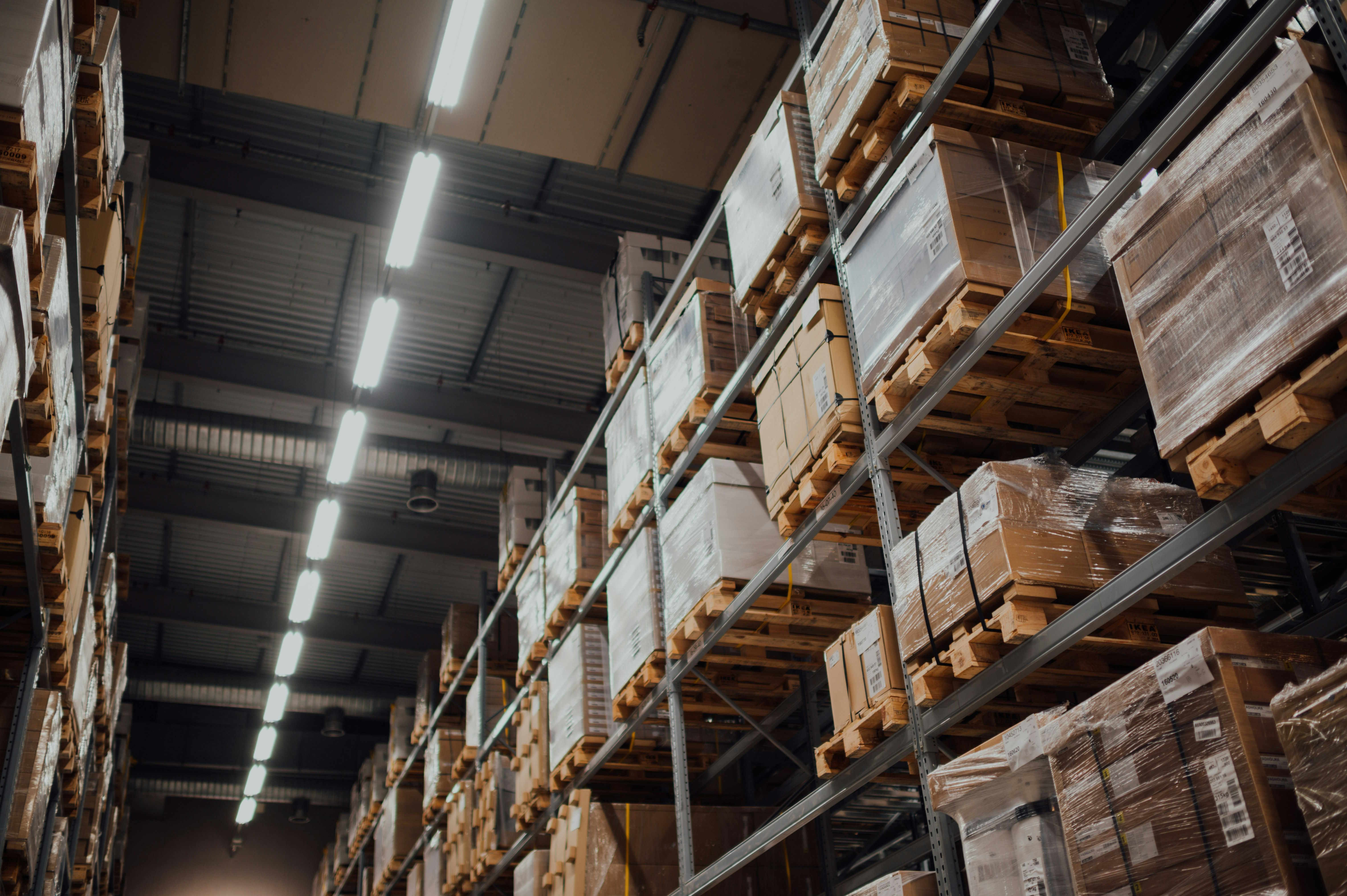Packing and Sorting Tasks in Japan: What Recent Trends Show
Packing work has become more structured as automation and logistics planning increase. In Japan, the tasks involved vary across industries — from food to electronics — with demand shifting depending on season and region. Food packaging, in particular, follows strict safety protocols.

How are industry-specific packing practices evolving in Japan?
Japan’s food packing industry is known for its meticulous attention to detail and high standards of quality. Recent trends show an increased focus on sustainability and efficiency. Many companies are adopting eco-friendly packaging materials and minimalist designs to reduce waste. Additionally, there’s a growing emphasis on packaging that preserves food freshness for longer periods, addressing concerns about food waste and extending shelf life.
The use of modified atmosphere packaging (MAP) technology has become more prevalent, especially for fresh produce and ready-to-eat meals. This technique involves altering the composition of air surrounding the food in sealed packages, effectively slowing down the natural deterioration process.
What impact is automation having on manual packing roles?
Automation is significantly transforming the landscape of packing jobs in Japan. While it has not completely replaced human workers, it has redefined many roles within the industry. Robotic systems are increasingly handling repetitive tasks such as sorting, weighing, and basic packaging. This shift has led to a reduction in the number of workers needed for certain manual tasks.
However, automation has also created new roles focused on operating and maintaining these advanced systems. Workers in the food packing industry are now often required to have skills in machine operation, quality control, and troubleshooting. This trend highlights the importance of continuous training and skill development for those in the industry.
How do seasonal shifts affect packing activity in Japan?
Seasonal variations play a crucial role in Japan’s food packing industry. The country’s strong cultural emphasis on seasonal foods and festivals creates fluctuating demands throughout the year. For instance, there’s a significant increase in packaging activity for traditional foods during major holidays like New Year (Oshogatsu) and the cherry blossom season (Hanami).
Summer sees a rise in demand for packaged cold beverages and ice creams, while autumn brings an increase in packaging for seasonal fruits and vegetables. These seasonal shifts not only affect the volume of work but also the types of packaging materials and techniques used. Many companies in Japan employ temporary workers during peak seasons to manage the increased workload.
What are common sorting techniques used in Japanese warehouses?
Japanese warehouses employ a variety of sorting techniques, many of which combine traditional methods with modern technology. One common approach is the use of conveyor belt systems equipped with optical sorting technology. These systems use cameras and sensors to sort items based on size, color, or quality, significantly speeding up the process.
Another technique gaining popularity is the implementation of voice-directed sorting systems. Workers wear headsets that provide audio instructions, allowing them to sort items hands-free, improving efficiency and accuracy.
For smaller operations or specialty items, manual sorting is still prevalent. Japanese warehouses often emphasize the concept of “5S” (Sort, Set in Order, Shine, Standardize, Sustain) to maintain an organized and efficient workspace.
What are the physical demands and typical working hours in packing jobs?
Packing jobs in Japan’s food industry can be physically demanding, often requiring workers to stand for long periods, lift moderate weights, and perform repetitive motions. The level of physical exertion can vary depending on the specific role and level of automation in the facility.
Typical working hours in Japan’s food packing industry generally align with standard business hours, usually from 8 or 9 AM to 5 or 6 PM. However, shifts can vary, especially in facilities that operate 24/7 to meet production demands. Night shifts and overtime are not uncommon, particularly during peak seasons or when meeting urgent orders.
What compensation can workers expect in Japan’s food packing industry?
Compensation in Japan’s food packing industry varies based on factors such as experience, specific role, and company size. Here’s a general overview of potential salary ranges:
| Position | Experience Level | Estimated Monthly Salary Range (JPY) |
|---|---|---|
| Entry-level Packer | 0-2 years | 150,000 - 200,000 |
| Experienced Packer | 3-5 years | 200,000 - 250,000 |
| Supervisor | 5+ years | 250,000 - 350,000 |
| Quality Control Specialist | 3-5 years | 230,000 - 300,000 |
| Automation Technician | 3-5 years | 280,000 - 400,000 |
Prices, rates, or cost estimates mentioned in this article are based on the latest available information but may change over time. Independent research is advised before making financial decisions.
It’s important to note that these figures are estimates and can vary significantly based on location, company size, and individual qualifications. Many companies also offer benefits such as health insurance, transportation allowances, and bonuses, which can add to the overall compensation package.
In conclusion, the food packing industry in Japan continues to evolve, driven by technological advancements, changing consumer preferences, and seasonal demands. While automation is reshaping many aspects of the work, there remains a significant role for skilled human workers, particularly in areas requiring judgment, quality control, and machine operation. As the industry progresses, workers in this field may need to adapt their skills to remain competitive in an increasingly technology-driven environment.




